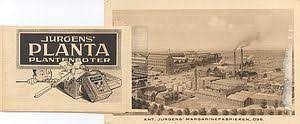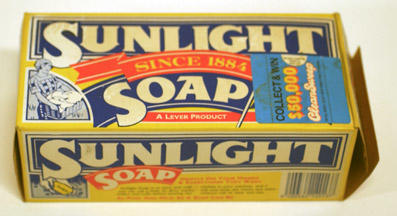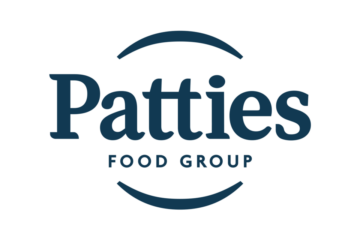In 1869, a French chemist named Hippolyte Mège-Mouriès invented a spread made from beef tallow and skimmed milk that he called “margarine.” Margarine was initially viewed with suspicion and was slow to catch on in Europe, but by the late 19th century, it had become popular as a cheaper alternative to butter.

Jan Jurgens, a Dutch businessman, acquired the patent for Mège-Mouriès’ margarine recipe and founded a world’s first margarine factory in Oss, the Netherlands, in 1872.
What also happened In the late 19th century, was that Australia began exporting large quantities of cheap butter to Europe.
The availability of cheap Australian butter caused a surplus of butter and a decline in its price and this started to undermine the production of margarine. The European reaction to this was to increase tariffs on Australian butter.

So, while the export of cheap Australian butter was not directly linked to the invention of margarine, it did contribute to the economic conditions that made the development of margarine more appealing to consumers and producers.
The Jurgens’ factory eventually merged with the van den Bergh margarine factory also in Oss to form the Margarine Unie.
Another arm of what would become were the Lever Brothers in England, they produced both margarine and soap. They used the opportunity of Australia being an British Colony at that time to open an oil mill in Sydney in 1895.
In 1929 the Margarine Unie and the Lever Brothers merged to form Unilever. By 1939 the Australian soap arm of Unilever produced 41.000 tonnes of powdered detergents. In the following decades a range of other Australian companies were acquired by Unilever.
So, there is an interesting aspect of the role of Australia in this Anglo Dutch company.
See also:


